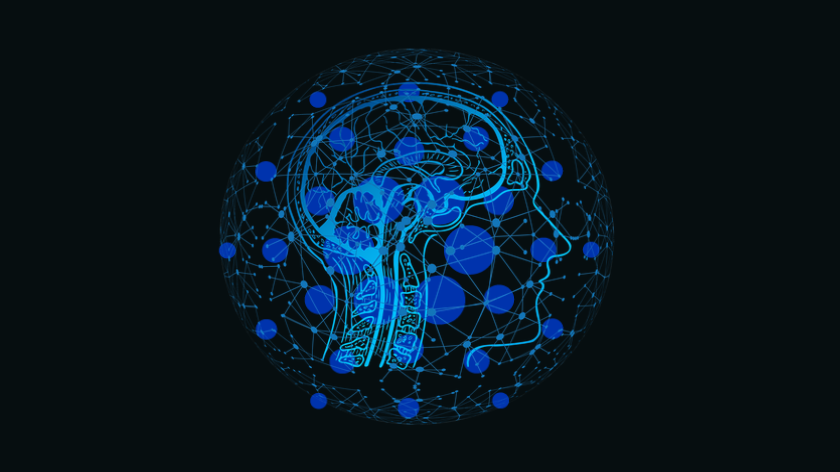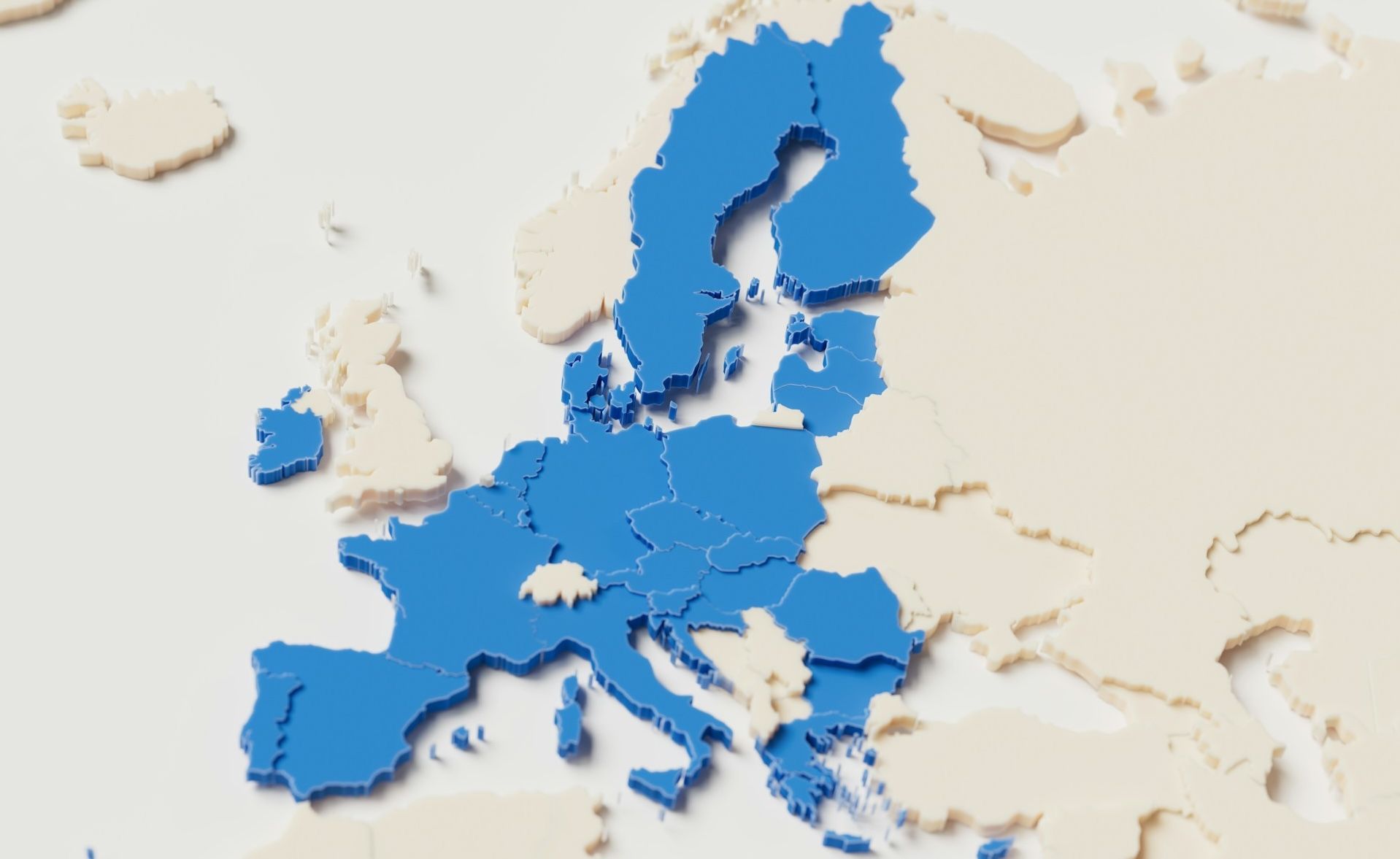SingularityNET on Cardano could change the future of big data - and so much more
A collaboration that could paint the future administration of our world.
The Internet of Things (IoT) is a concept that has been around for decades. It refers to a world where everything is connected to the internet and can send, receive, and exchange data. The blockchain technology will tie information together onto immutable ledgers. Those ledgers would be in many cases public and thus allow transparent information flows. Using artificial intelligence (Ai) to aggregate and evaluate these information blocks at high speed could take information technology to the next level.
There are still limitations on the internet as it is now, and the implementation of blockchain is still in its infancy, but we already see how artificial intelligence systems like automated assemblies, navigation systems, and facial recognition leverage knowledge databases to our comfort.
Visualizing how those three technologies could play together may give us a glimpse of what the future could look like.
Blockchain could free big data from Silos
The way we store and manage data is changing. Rapid advances in technology are resulting in new ways to collect, process, and share data. One such technology is blockchain. Blockchain has the potential to change the way we think about data storage and management.
Blockchain is a distributed database that allows for secure, transparent, and tamper-proof data sharing. It has the potential to free big data from the silos of tech giants (e.g. Google, Amazon, Facebook) by providing a shared, immutable record of transactions. This could lead to more efficient data management and decision-making.

Blockchain is still in its early stages of development, and it remains to be seen whether it will live up to its hype. But if it does, it could revolutionize the way we store and use big data. Blockchain security is an important consideration for the success of blockchain applications. Blockchain applications can be vulnerable to data manipulation, malicious attacks, and insider threats. It’s important for organizations to ensure that the data being stored on blockchain platforms is secure.
This is where Cardano's approach comes in. Bitcoin's original transaction model of unspent transactions (UTXO) is considered to be one of the most secure approaches in blockchain technology. Cardano extends Bitcoin's model (eUTXO), adds high scalability - especially with Hydra - while keeping transactions secure and final.
SingularityNet and Cardano.
SingularityNET is a decentralized, democratic network to develop and market artificial intelligence.
It is the first of its kind and allows anyone to buy or sell Ai services, or get deep funding with Singularity's AGIX-Token for developing Ai Services. These services can include anything from machine learning to predictive analytics.
SingularityNET was co-founded by Dr. Ben Goertzel and Dr. David Hanson. Ben is a leading expert in artificial intelligence and machine learning, has published over 100 papers on these topics, received numerous awards for his work, and is also called the father of general artificial intelligence. He as worked with David in Hong Kong at Hanson Robotics before starting SingularityNET.
The whole team around both friends has a strong background in both blockchain technology and Ai. They are well-positioned to create a powerful and secure network for decentralized Ai services.
Ai services naturally need a lot of data and those data queries need to be fast as well.
When the network started out on Ethereum, and Ethereums adopotion rate grew, SingularityNET's Ai requests struggled with increasingly slower queries due to network conguestion while paying high transaction fees.
The outlook would have been unsustainable for the platform.
Cardano is a blockchain to solve this issue as it focuses on security and scalability. The was created by one of the co-founders of Ethereum, Charles Hoskinson. Cardano itself has three pillars, the non-profit Cardano Foundation in Switzerland to govern the processes from development to adoption by setting standards to drive the ecosystem. Emurgo is Cardano's global investment and education arm, to support developers around the world getting into the ecosysem, while IOHK (Input Output Hong Kong) - now IOG (Input Output Global) - works on the scientific development of the blockchain going through rigorous peer-to-peer reviews.
Cardano is unique in that it uses an advanced model of Bitcoin's transaction model the eUTXO, in a delegated Proof of Stake environment instead of Proof of Work. This makes it more efficient and scalable than other blockchains. However, Oruborus overcomes the weaknesses of delegated Proof of Stake by adding the k-Factor for the stakepools. The k-Factor is a delimiter to dimish returns for delegators and stake pool operators at a certain amount of delegated stake. The cap currently sits around 64million ADA - which is Cardano's native currency - and prevents the Cardano network from 51% attacks.
These attacks need to be prevented as it is a tolerable assumtion that the average delegator will go the easiest way to stake which would be over centralized exchanges.
Cardano's approach allows for the creation and deployment of AI services in a secure and trust-less environment. SingularityNET will work as sidechain on the Cardano blockchain, as so called Hydra-head. This gives it the scalability and security to become the foundation for the future of AI.
The benefits of collaboration between blockchain projects
When people think about collaboration, they often think about working with others on a project. However, there are many advantages to collaborating with other projects, too. For example, when you collaborate with other projects, you can share resources and ideas. This can help you learn new things and improve your own project. Additionally, collaborating with other projects can help you build relationships and partnerships that can be beneficial in the future.
One of the most important benefits of forming a partnership is that it allows each team to pursue its own goals and objectives without worrying about competing with another team. For example, if one team wants to improve its technology and business, it can focus on improving its own product or service independently. However, if a team wants to grow its user base and increase revenue, it may want to work with another product or service that is complementary to its own. The Benefits of a Partnership and the Risks
Collaboration is key to success in any business, and by working together, both projects can share knowledge, ideas, and resources to achieve common goals.
The future for SingularityNET, Cardano and other blockchain projects
Together, SingularityNET and IOG co-created the SingularityNET Bridge to enable converting the Ethereum (ERC-20) version of the AGIX token into a Cardano Native-asset. With going live in April 22 the bridge was the first of its kind on Mainnet.
Beforehand the bridge was thoroughly tested on Testnet since 21st of December 2021, and is focused on converting SNET’s AGIX and the NTX-token. If you need to convert stable coins you will have to use Muesliswap’s Milkomeda.
A Cardano bridge like the SingularityNET Bridge is different than what you might have seen yet. Here a conversion won’t wrap the tokens, but mints new tokens on the destined blockchain while burning the initial tokens of the sending blockchain.
This is a lot saver than wrapping as double-spendings are prevented by default. If Cardano keeps up to its promising future then SingularityNET might fully migrate to Cardano from Ethereum.
However, both networks will strive to work against siloing themselves and continue to reach out to other projects like oracles such as Chainlinks, which already has a smaller partner on Cardano: Charlie3. Both of these will help to feed with trusted big data in real time.
This could for example reduce transactions fees on Cardano by comparing ADA to USD or against other blockchains' fees.
Furthermore does SingularityNET provide a set of tools that allows to expand in all sorts of directions, just like Cardano.
So the future looks bright for both networks - it just needs to be built.
Stay with us for future articles. We will provide more in-depth considerations on free-flow of big data for decentralized artificial intelligence.





